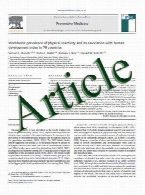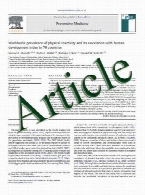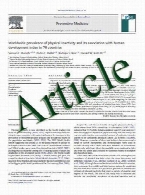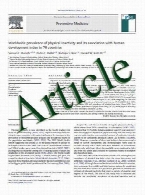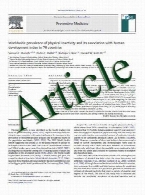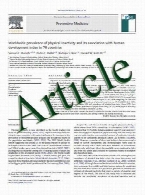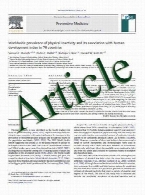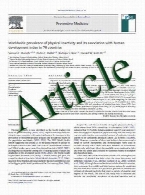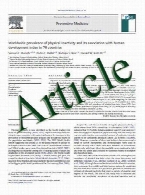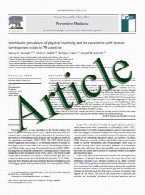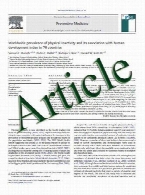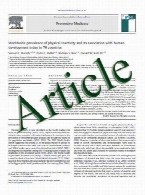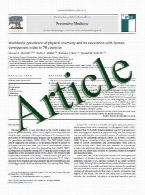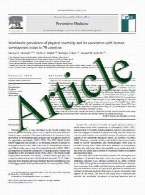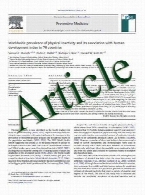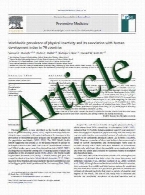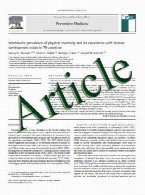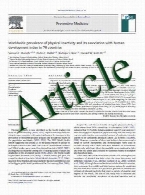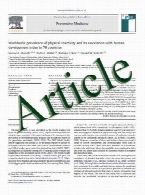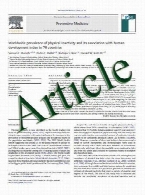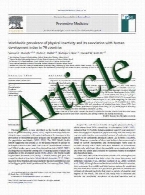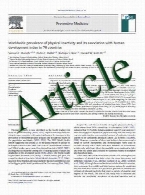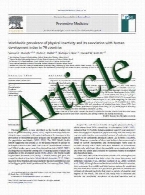

In vivo multiphoton imaging rev ...
The kinetics of amyloid plaque formation and growth as one of the characteristic hallmarks of Alzheimer’s disease (AD) are fundamental issues in AD ...
Blood-derived iron mediates fre ...
Abnormal brain iron homeostasis has been proposed as a pathological event leading to oxidative stress and neuronal injury under pathological conditi ...
Glutaminyl cyclase contributes ...
the hippocampal formation of Alzheimer’s disease (AD) patients, both focal and diffuse deposits of Ab peptides appear in a subregion- and layer-spec ...
The neuropathological basis of ...
Multiple sclerosis is the major inflammatory condition affecting the central nervous system (CNS) and is characterised by disseminated focal immune- ...
Brain aging and Ab1–42 neurotox ...
Aging is known to be the most prominent risk factor for Alzheimer’s disease (AD); however, the underlying mechanism linking brain aging with AD path ...
AMPK is abnormally activated in ...
Tauopathies represent a class of neurodegenerative disorders characterized by abnormal tau phosphorylation and aggregation into neuronal paired heli ...
Axonopathy is a compounding fac ...
Loss-of-function of the lysosomal enzyme galactosyl-ceramidase causes the accumulation of the lipid raft-associated sphingolipid psychosine, the dis ...
Genetic Creutzfeldt-Jakob disea ...
The E200K mutation is the most frequent prion protein gene (PRNP) mutation detected worldwide that is associated with Creutzfeldt-Jakob disease (CJD ...
Glutathione depletion and overp ...
Parkinson’s disease is a neurodegenerative disorder characterized by severe motor deficits mainly due to degeneration of dopaminergic neurons in the ...
Alzheimer’s pathogenesis: is th ...
There is increasing interest in the early phase of Alzheimer’s disease before severe neuronal dysfunction occurs, but it is still not known when or ...
New ependymal cells are born po ...
A heterogeneous population of ependymal cells lines the brain ventricles. The evidence about the origin and birth dates of these cell populations is ...
APP involvement in retinogenesi ...
Very few studies have examined expression and function of amyloid precursor protein (APP) in the retina. We showed that APP mRNA and protein are ex ...
Modulation of lipid peroxidatio ...
Huntington’s disease (HD) is an autosomal dominant neurodegenerative disorder. Oxidative damage has been associated with pathological neuronal loss ...
Pre- and post-synaptic cortica ...
Amyloid imaging has identified cognitively normal older people with plaques as a group possibly at increased risk for developing Alzheimer’s disease ...
Qualification of the analytical ...
The close correlation between abnormally low pre-mortem cerebrospinal fluid (CSF) concentrations of amyloid-b1-42 (Ab1–42) and plaque burden measure ...
A novel seven-octapeptide repea ...
Human prion diseases can be sporadic, inherited or acquired by infection and show considerable phenotypic heterogeneity. We describe the clinical, h ...
The optic nerve head is the sit ...
The neurodegenerative disease glaucoma is characterised by the progressive death of retinal ganglion cells (RGCs) and structural damage to the optic ...
Neuropathology underlying clini ...
Abnormal aggregates of the synaptic protein, a-synuclein, are the dominant pathology in syndromes known as the synucleinopathies. The cellular aggre ...
Distinct pathological subtypes ...
Most cases of frontotemporal lobar degeneration (FTLD) are characterized by abnormal intracellular accumulation of either tau or TDP-43 protein. How ...
Pathological correlates of fron ...
Frontotemporal lobar degeneration (FTLD) is generally recognised as a disorder with presenile onset (that is before 65 years of age) with only occas ...
Cytoplasmic accumulation of TDP ...
TDP-43, encoded by TARDBP, is a ubiquitously expressed, primarily nuclear protein. In recent years, TDP-43 has been identified as the major patholog ...
Increased dopaminergic cells an ...
Olfactory dysfunction is a frequent and early feature of patients with neurodegenerative disorders such as Alzheimer’s disease (AD) and Parkinson’s ...
Adult grade II diffuse astrocyt ...
Diffuse astrocytomas (WHO grade II) typically present as slow-growing tumours showing significant cellular differentiation, but possessing a tendenc ...
The spectrum and severity of FU ...
Neuronal intermediate filament inclusion disease (NIFID), a rare form of frontotemporal lobar degeneration (FTLD), is characterized neuropathologica ...
Risk genotypes at TMEM106B are ...
TMEM106B has recently been identified as a genetic risk factor for frontotemporal lobar degeneration with TDP-43 inclusions (FTLD-TDP). Amyotrophic ...

